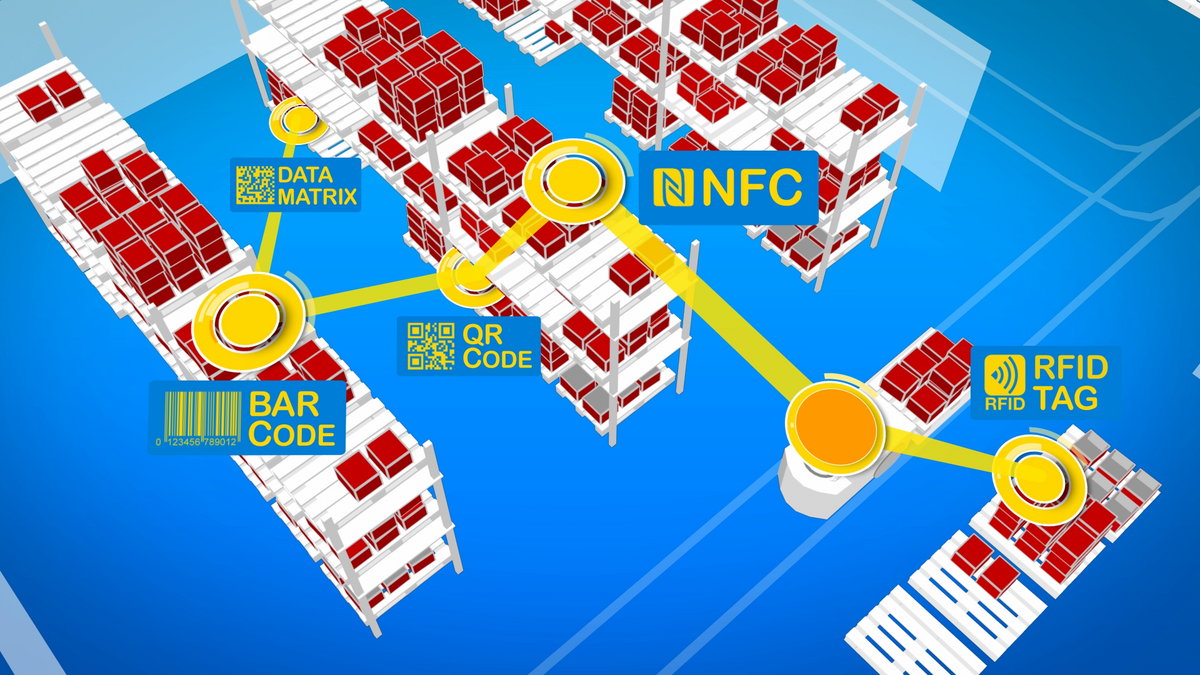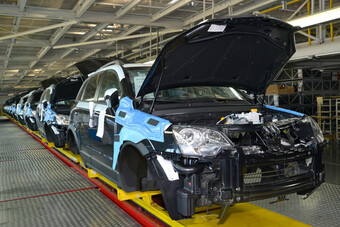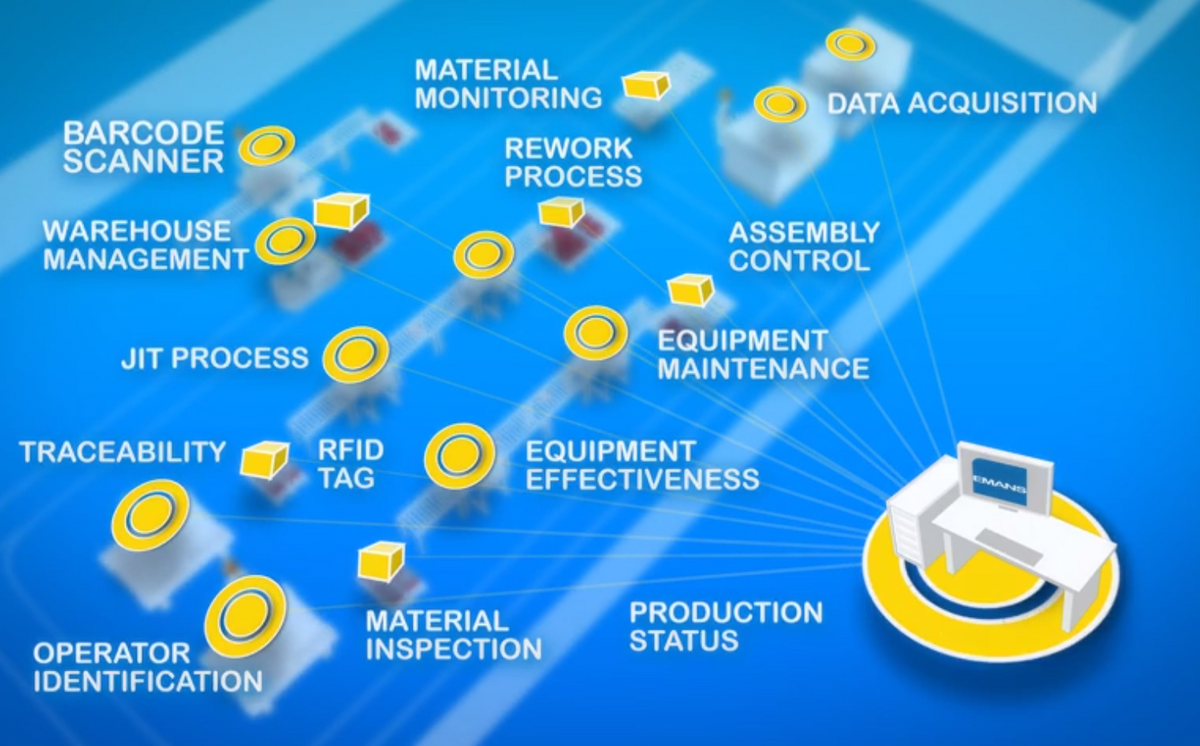Trends and the Future of Industrial Enterprises
2015-08-31
Ján Minár, Engineering (Strojárenstvo/Strojírenství) 7-8/2015
For the eighth time, the event entitled Digital Undertaking 2015 raised highly topical questions regarding industrial orientation and development, hot topics regarding the future of enterprises and upcoming changes in manufacturing.
The CEIT Group from Žilina was the main organizer and expert guarantor of this two-day event. The future of enterprises and manufacturing systems, the new generation of industrial automation, co-workers, intelligent manufacturing, research and innovation, the path to Industry 4.0, top modern technologies and solutions with the common denominator of “digital undertaking” and other topics were the leitmotif of the presentations, discussions and workshops which featured the participation of 170 experts from industrial companies and universities.
INDUSTRY 4.0 Strategic Line and Digital Undertaking
As many as nineteen specialized lectures were dedicated to the focal idea of the first day of the conference – the INDUSTRY 4.0 strategic line. The introductory lecture by professor Milan Gregor from the CEIT Group dealt with the future of digital undertaking, including visionary predictions. Professor Juraj Sinay, the president of the Slovak Automotive Industry Association, then spoke about the automotive industry as the driving force in business process digitizing.
This event was not without foreign guests. Dominic Nguyen from the US Embassy spoke about the United States of America as a digital power. The private sector annually invests approximately 330 billion USD in science and research, while the state sector contributes roughly half of this amount. The huge difference between the US, EU and Slovakia can be seen in the share of GDP they allot for science and research: 3 % – 1.9 % – 0.83 % respectively. Pentti Eklund from the VTT Research Technological Center in Finland spoke about local initiatives and research related to digital undertaking.
Issues related to state support for research and innovation were presented by Martin Rybár from Deloitte. He noted that the Czech Republic provides an additional 100% income tax base deduction of R&D (science-research – Editor’s note) expenditures spread out over three years. In 2007, this possibility was used by 574 entities, but in 2012 a total of 1,029 entities took advantage of it. In Lithuania, it is possible to obtain a 200 % deduction spread out over an unlimited period…

Deloitte recommends that Slovakia increase the additional income tax base deduction of R&D expenditures from the current level (25 %) to at least 100 %. “Patent Boxes” – the preferential taxation from licenses and fees using the model from Hungary, Great Britain, etc. can be another support instrument.
Martin Morháč, director of SOVA Digital, led the participants on a virtual walk through a digital undertaking during his presentation.
The other specialized lectures in the afternoon which were divided into two simultaneous sections, featured presentations by representatives and executive managers of important Slovak and foreign companies who spoke about specific solutions to the operation of industrial enterprises such as Matador, IPM Solutions, Transcat, Škoda Auto Mladá Boleslav, Siemens, Mesnac, Spinea, Klaster AT+R, Danfoss Power Solutions, J. P. Plast, Eltek, Uavonic, Ipesoft and last but not least, the CEIT Group. They discussed the use of digital undertaking tools, the methods for using the Industry 4.0 vision today, addressing problems progressively and implementing the concept of digital undertaking. The topicality of the presentations and the wealth of information that they generated was confirmed by the abundance of questions and lively informal discussions that followed each session.
In addition to the specialized lectures and panel discussions, the conference regularly provides space for addressing practical tasks in the form of workshops. This year was no different; the second day of the conference was dedicated to the presentation of specific solutions.
AUTOMOTIVE – Prime Mover in Innovation
 In his introduction, Juraj Sinay stated that real worldwide investment in science and research in the automotive industry comprised 103 billion USD and another 25.5 billion in the aviation and defense industry (data for 2013 – Editor’s note). It is in these sectors where the most recent sophisticated results are produced and subsequently used by other industrial sectors.
In his introduction, Juraj Sinay stated that real worldwide investment in science and research in the automotive industry comprised 103 billion USD and another 25.5 billion in the aviation and defense industry (data for 2013 – Editor’s note). It is in these sectors where the most recent sophisticated results are produced and subsequently used by other industrial sectors.
Automobile manufacturers are the third largest innovators in the world; the first two places are taken by the health care and ICT sectors. However, research and development activities are increasingly being shifted to suppliers, which creates opportunities for our countries. The 20th century ended with the integration of the automobile and the computer. However, the next applications and challenges are not only tied to development but the availability of certain raw materials.
The requirements of manufacturers and suppliers are focused on the acceleration of the modification and diversification of production portfolios – original equipment manufacturers have reduced the life cycles of their products and extended the configurations of automobiles. We are witnessing an intersection of automobiles and digital technologies – the integration of hardware and software in automobiles represents a dominant accelerator for increasing functionality. All of the operations in the manufacturing process – rapid development and manufacturing solutions in order to ensure competence advantage, are being digitized. As Sinay explained, the introduction of digitizing in individual automobile manufacturing processes is being implemented in operating software at all levels of the manufacturing process, in drives, sensors; all at the expense of classical mechanical parts.
The Industry 4.0 concept in the automobile industry, i.e., the Smart Factory, is based on the digital undertaking principle. In addition to simulating and planning, this factory can effectively shorten production times, flexibly react to the requirements of its customers and achieve quality of production in output while further humanizing manufacturing .

The preconditions for this include the effective use of new technologies such as 3D print, Rapid Prototyping and Reverse Engineering – as a part of digital undertaking. When we apply it at the user’s level, communications when operating automobiles – the application of digital techniques and technologies results in autonomous automobile operating systems plus assistance services for the driver, the networking of automobiles with the possibility to communicate between two automobiles or communication systems with external partners such as family, service, emergency medical help.
As professor Sinay noted, one of the conclusions of Industry 4.0 in terms of the Slovak Republic is the possibility to create the Strategic Research and Innovation Center for Automobile Industry – CSVI-AP SR according to the Frauenhofer Gesellschaft model in Germany. This is followed by support for technologies under digital undertaking applications in terms of the Slovak automobile industry. The globalization of automobile manufacturing creates the possibility to apply the Industry 4.0 concept in the Slovak Republic.
Attractive Workshops
In addition to specialized lectures and panel discussions, the conference regularly provides space for addressing practical tasks in the form of workshops. This year was no different; the second day of the conference was reserved for the presentation of specific solutions. The largest group of participants met at the workshop organized by the CEIT Group, which was oriented on modern instruments for projecting and optimizing manufacturing systems.
Another workshop answered the question of how to implement the concept of digital undertaking. SCHUNK Intec, whose seat is in Germany, the country that originated the Industry 4.0 initiative, is one of the world leaders in pneumatic and mechatronic linear gripping systems. František Jantoška, the managing director of the Slovak branch, and his colleagues presented the most recent solutions related to the Industry 4.0 concept. The company can prepare any solution based on the customer’s specifications in various combinations for production and logistics. Participants at this workshop could see “in natura” individual components comprising the portfolio of grippers. Today, SCHUNK gripping systems perform not only a linear motion on the X and Y axes. Conference participants had the opportunity to witness this when they became more closely acquainted with the robotic arm with six degrees of freedom called the LWA 4P Powerball Lightweight Arm with replaceable gripper with a 6 kg payload.
The operative planning of production as a key area for enterprise operations was the subject of the workshop where SOVA Digital demonstrated the advantages and application of software for optimizing and enhancing production. Application engineer Dušan Šútora stated that based on the requirements from the manufacturing operations they decided to introduce this software solution, because operative planning is crucial for the quality and effectiveness of production. Production optimization managers frequently face complicated tasks. Therefore, their decisions must carry all of the attributes of quality. In this case, the Siemens Tecnomatix product, which can create simulations of proposals and solutions directly during company processes, is the software instrument in this case. Working with this software is effective, flexible and fast.
ANASOFT presented the third generation of its EMANS MOM system, this time as a practical example in a simulated manufacturing company where the conference participants could try their hand at picking parts from supermarkets and various assembling workplaces, and the pairing of components, final assembly and final inspection.
A comprehensive overview of the state of production could also be monitored on one of the screens of the system with remote access to allow the company manager to comfortably monitor the processing of individual orders from any location with an internet connection. Visitors to the ANASOFT stand also had the opportunity to observe a unique method of contactless production confirmation by using a Microsoft Kinect camera. Digital Undertaking is a concept of the future. It offers sharp solutions for projecting and controlling manufacturing systems and for product development. It surpasses the present and offers trends in a new way of thinking.
In conclusion, we’d like to offer a bit of advice: It’s worth attending events of this kind!
The article is published with the approval of the author.
YOU MIGHT ALSO BE INTERESTED IN
- Industry 4.0 the Main Topic at the Davos World Economic Forum
- Jump on the Wave of the Fourth Industrial Revolution Today
- The Fourth Industrial Revolution Has Already Begun
- Will the fifth industrial revolution save the world?
- 3 Unknown Ways to Use Kinect
- 3 Things Which Every Production Manager Wants to Improve
Do you wish more information?







